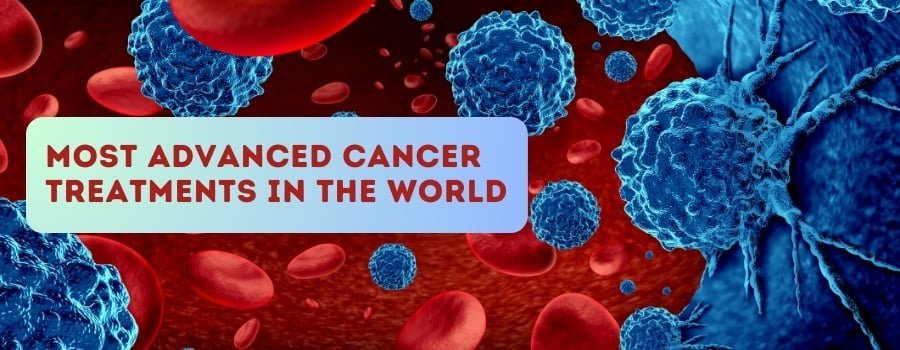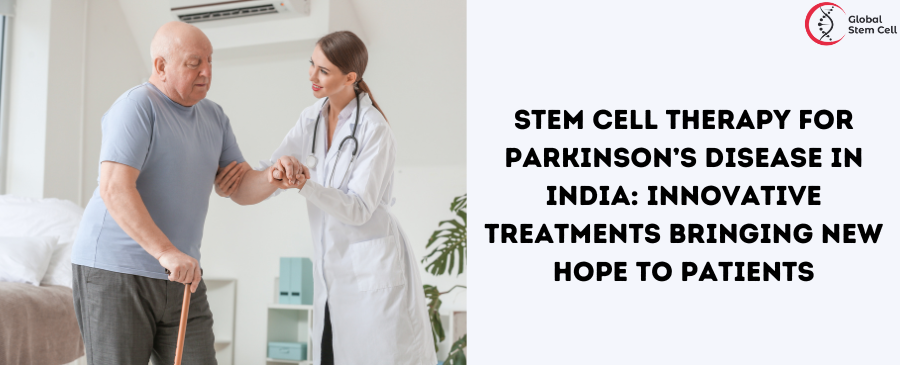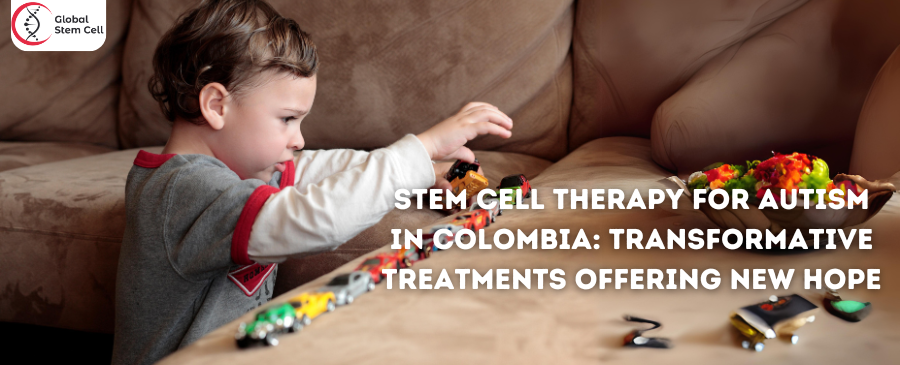
If you’re reading this, you’re probably as fascinated by the latest breakthroughs in cancer treatment as I am. Or maybe you’re looking for information for a loved one. Whatever brought you here, welcome. Let’s dive into the world of cutting-edge cancer therapies together, shall we?
Cancer is a word that sends chills down anyone’s spine. It’s a relentless adversary that has touched nearly all of us in some way. But here’s the good news: the world of cancer treatment is constantly evolving, with new and advanced therapies emerging that offer hope and healing. Today, we’re going to chat about some of the most advanced cancer treatments available: CAR-T Cell Therapy, NK Cell Therapy, Stem Cell Therapy, and Alternative Medicine.
Terapia celular CAR-T
First up, let’s talk about Terapia celular CAR-T. This therapy is nothing short of a sci-fi miracle. Imagine taking your body’s own immune cells, giving them a little superhero training, and sending them back into battle armed and dangerous. That’s essentially what CAR-T Cell Therapy does.
How It Works?
So, here’s the scoop. Doctors start by collecting T cells from your blood. T cells are a type of white blood cell that plays a crucial role in your immune system. Once they have these cells, scientists in the lab do some genetic magic. They reprogram the T cells to express Chimeric Antigen Receptors (CARs) on their surface. These CARs are like tiny homing missiles that can specifically target cancer cells. Once these supercharged T cells are ready, they are multiplied to army-sized numbers and infused back into your body.
Applications
CAR-T Cell Therapy has shown spectacular results in certain types of blood cancers, particularly Acute Lymphoblastic Leukemia (ALL) and Non-Hodgkin Lymphoma (NHL). For many patients with these cancers, CAR-T therapy has been a game-changer.
Advantages:
- Targeted Approach: CAR-T cells specifically attack cancer cells, reducing harm to healthy cells.
- High Efficacy: Can lead to complete remission in some patients with blood cancers.
- Personalized Treatment: Uses the patient’s own cells, minimizing the risk of rejection.
Challenges
However, it’s not all smooth sailing. CAR-T can have some pretty intense side effects. The most notable one is Cytokine Release Syndrome (CRS), where the immune system goes into overdrive, causing high fever and a drop in blood pressure. Neurotoxicity is another potential issue. And then there’s the cost. CAR-T therapy is expensive—like, mortgage-on-a-house expensive. But for those it helps, it’s often worth every penny.
Terapia celular NK
Next on our list is Terapia celular NK. NK stands for Natural Killer, which sounds pretty hardcore, right? These cells are part of our innate immune system, designed to kill virally infected cells and detect early signs of cancer.
How It Works?
NK cells can be harvested from your blood or from a donor. In the lab, these cells are activated and expanded to increase their numbers. Then, like an elite squad of assassins, they are infused back into your bloodstream to seek and destroy cancer cells.
Applications
NK cell therapy is still in its early days compared to CAR-T, but it’s showing promise for a variety of cancers, including both blood cancers like leukemia and solid tumors such as lung and breast cancer.
Advantages
- Broad Targeting: NK cells can recognize and kill a wide range of cancer cells.
- Fewer Side Effects: Generally comes with fewer severe side effects compared to other immunotherapies.
- Innate Immunity Boost: Enhances the body’s natural defense mechanisms.
Challenges
But, as with anything, there are challenges. The biggest one is efficacy. Scientists are still figuring out how to make NK cells as effective as possible. It’s a work in progress, but the potential is definitely there.
Terapia con células madre
Let’s move on to Terapia con células madre. Stem cells are like the body’s raw materials—they can develop into different types of cells and help repair damaged tissues. In cancer treatment, they’re often used to rejuvenate the immune system and bone marrow, especially after heavy-duty treatments like chemotherapy or radiation.
How It Works?
Stem cells can be sourced from your own body (autologous) or from a donor (allogeneic). After these cells are harvested, they’re prepared and then infused back into your body. The goal is for these stem cells to settle in your bone marrow and start producing healthy blood cells.
Applications
Stem Cell Therapy is particularly well-established for blood cancers such as leukemia and lymphoma. It’s also being explored for solid tumors, though this is still mostly in the research phase.
Advantages
- Regenerative Power: Helps restore the immune system and bone marrow.
- Potential Cure: For some patients, especially those with blood cancers, it can be curative.
- Reduced Side Effects: Uses the patient’s own cells in autologous transplants, reducing the risk of rejection.
Challenges
But, of course, there are hurdles. One major risk with allogeneic transplants is Graft-versus-Host Disease (GVHD), where the donated cells attack the recipient’s body. It’s a delicate balance and requires precise matching and close monitoring. The procedure itself is complex and carries significant risks, but the potential benefits make it a vital option for many patients.
Alternative Medicine
Now, let’s take a turn and talk about Alternative Medicine. This term covers a broad range of treatments that fall outside the realm of traditional Western medicine. While not all alternative therapies are backed by rigorous scientific evidence, some have shown promise in supporting conventional cancer treatments and improving quality of life.
Examples Include
- Herbal Medicine: This involves using plant-based remedies. For instance, turmeric (curcumin) and green tea extracts have been studied for their anti-cancer properties.
- Acupuncture: Often used to alleviate pain and reduce the side effects of cancer treatment, such as nausea and fatigue.
- Mind-Body Practices: Techniques like meditation, yoga, and tai chi can help improve mental health and overall well-being.
- Nutritional Therapies: Adjustments in diet and supplements aimed at boosting the immune system and general health.
Advantages
- Holistic Approach: Focuses on the patient’s overall well-being.
- Complementary Benefits: Can reduce side effects of conventional treatments and improve quality of life.
- Non-Invasive: Many alternative treatments are non-invasive and can be easily integrated into daily routines.
Challenges
However, it’s crucial to proceed with caution. Not all alternative treatments are scientifically validated, and some can even interfere with conventional treatments. It’s always best to discuss these options with a healthcare professional to ensure safety and efficacy.
The Future of Cancer Treatment
As we wrap up this conversation, it’s clear that the field of cancer treatment is advancing at an incredible pace. Each of these therapies—CAR-T Cell Therapy, NK Cell Therapy, Stem Cell Therapy, and Alternative Medicine—offers unique advantages and faces distinct challenges. The common thread is their potential to transform the landscape of cancer care.
In the future, we can expect these treatments to become more refined, accessible, and effective. Research and clinical trials are continually pushing the boundaries, bringing us closer to a world where cancer can be more consistently managed, and even cured.
If you or someone you know is facing cancer, remember that there are many options out there, and new treatments are being developed all the time. It’s a journey of hope, resilience, and incredible scientific innovation.
Stay informed, stay hopeful, and never hesitate to seek out the best possible care. The fight against cancer is tough, but with these advanced treatments, there’s more reason than ever to believe in a brighter, healthier future.





